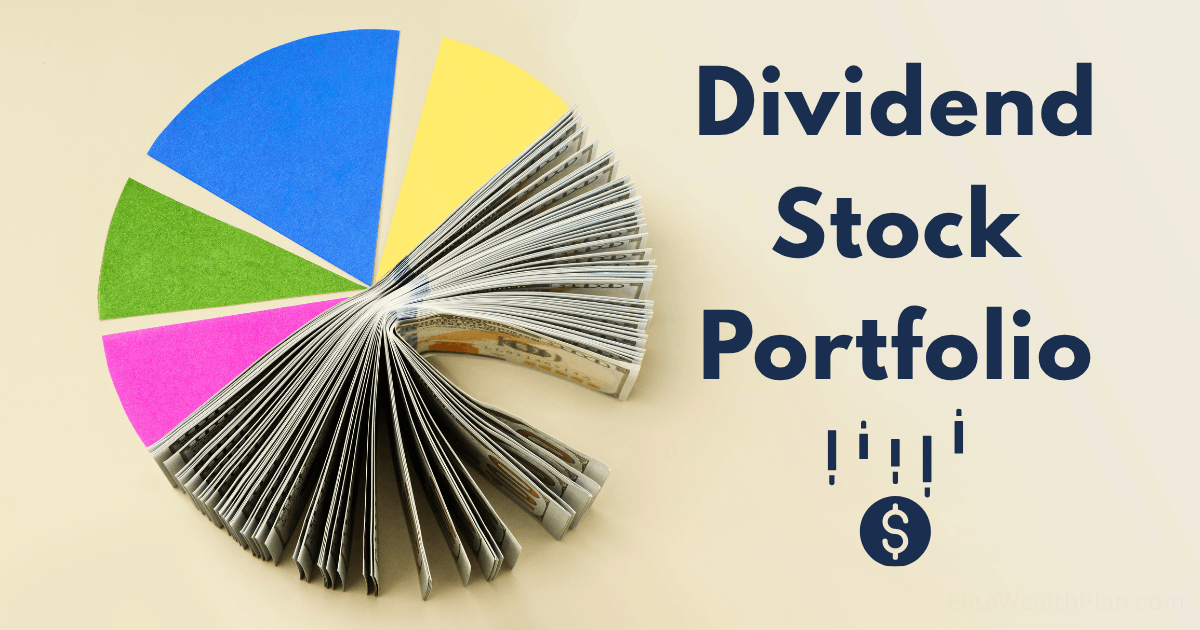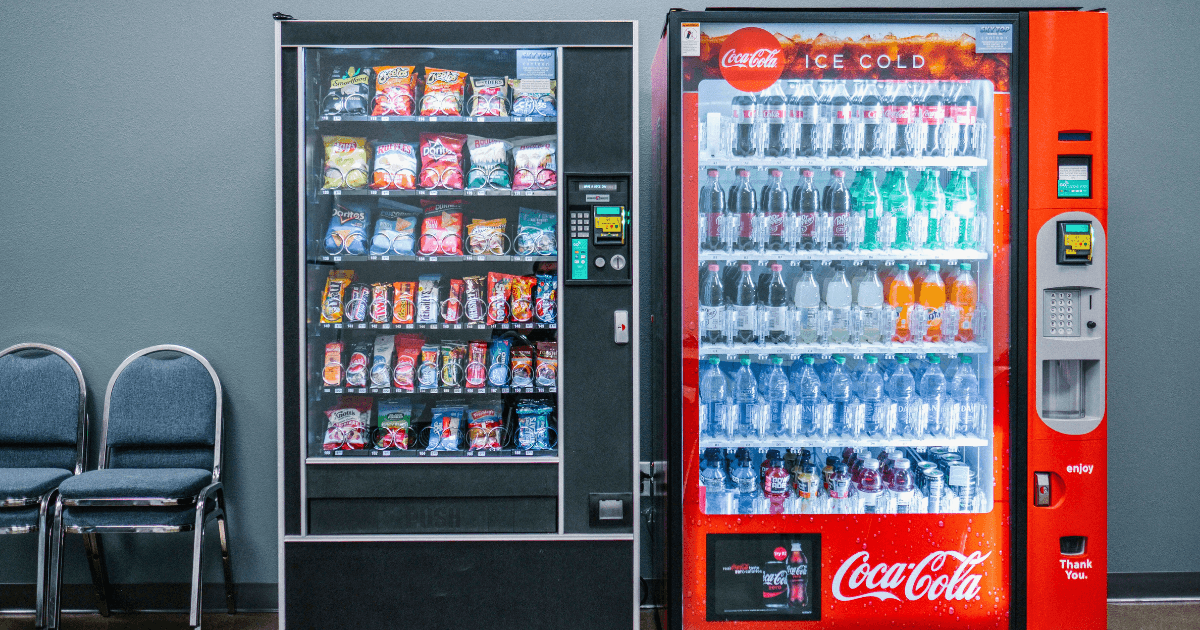Dividend Stock Portfolio That Pays Me $300 Every Month on Autopilot

Imagine waking up on the first day of each month to find $300 deposited directly into your account—money that arrived while you slept, requiring zero additional effort on your part. This isn’t some get-rich-quick fantasy; it’s the reality of a well-constructed dividend portfolio designed for monthly income.
I’ve spent years refining my approach to dividend investing, and today I’m sharing the exact blueprint I use to generate $300 in monthly passive income. This isn’t theoretical—it’s the actual strategy that deposits cash into my account every single month, regardless of market conditions.
The Monthly Income Advantage: Why Most Investors Get It Wrong
Most dividend investors make a critical mistake: they build portfolios that pay quarterly, creating cash flow gaps and making budgeting difficult. According to Simply Safe Dividends, only 76 stocks currently pay monthly dividends—but strategic investors can leverage this knowledge to create truly passive monthly income.
The psychological advantage is significant. When you receive income every 30 days like clockwork, you develop a stronger conviction in your investment strategy, making you less likely to panic sell during market downturns.
The Math: How Much You Need to Invest for $300 Monthly
Let’s address the fundamental question: how much capital do you need to generate $300 monthly ($3,600 annually) in dividend income?
The answer depends entirely on your portfolio’s average yield:
| Average Yield | Capital Required |
| 3% | $120,000 |
| 4% | $90,000 |
| 5% | $72,000 |
| 6% | $60,000 |
| 7% | $51,428 |
| 8% | $45,000 |
| 9% | $40,000 |
| 10% | $36,000 |
According to The Motley Fool, a carefully selected portfolio with an average yield of 10.96% could generate $300 monthly with just $32,850 invested. However, higher yields typically come with higher risk—a critical consideration we’ll address shortly.
The Blueprint: My 3-Tier Approach to Monthly Dividend Income
Rather than chasing the highest yields (which often leads to dividend cuts and capital losses), I’ve developed a 3-tier approach that balances income, growth, and safety:
Tier 1: The Foundation (50% of Portfolio)
This tier focuses on safety and reliability with moderate yields:
- Realty Income (O) – 5.7% yield
- 56-year uninterrupted dividend streak
- Monthly payments (the original “Monthly Dividend Company”)
- Portfolio of over 15,600 commercial properties with 98.2% occupancy rate
- Main Street Capital (MAIN) – 5.0% yield + special dividends
- 17-year uninterrupted dividend streak
- Monthly payments with periodic supplemental dividends
- Total yield including supplementals approaches 8%
- Schwab US Dividend Equity ETF (SCHD) – 3.7% yield
- Quarterly payments (for diversification)
- Exposure to 100+ quality dividend growers
- Low expense ratio of 0.06%
These foundation investments provide stability and growth potential, though they alone won’t reach our $300 monthly target without significant capital.
Tier 2: The Income Enhancers (30% of Portfolio)
This tier boosts our yield while maintaining reasonable safety:
- STAG Industrial (STAG) – 4.1% yield
- Monthly payments
- Industrial REITs benefit from e-commerce growth
- 13-year uninterrupted dividend streak
- EPR Properties (EPR) – 6.0% yield
- Monthly payments
- Specialized REIT focused on experiential properties
- Recovering strongly post-pandemic
- Agree Realty (ADC) – 4.3% yield
- Monthly payments
- Investment-grade balance sheet
- 13-year uninterrupted dividend streak
These selections balance higher yields with reasonable risk profiles, bringing our portfolio’s average yield closer to our target.
Tier 3: The Yield Maximizers (20% of Portfolio)
This tier includes higher-yield investments with acceptable risk profiles:
- PennantPark Floating Rate Capital (PFLT) – 11.6% yield
- Monthly payments
- 13-year uninterrupted dividend streak
- Floating rate loans benefit from higher interest rates
- AGNC Investment Corp (AGNC) – 15.4% yield
- Monthly payments
- Mortgage REIT with professional management
- Largest position size in agency mortgage-backed securities ($78 billion)
- Capital Southwest Corporation (CSWC) – 11.1% yield
- Monthly payments
- Business Development Company (BDC) focused on middle market lending
- Strong credit quality with minimal defaults
These higher-yield investments come with additional risk but are carefully selected based on financial stability and dividend sustainability.
Portfolio Construction: Putting It All Together
Let’s construct a portfolio requiring approximately $45,000 in capital to generate our $300 monthly target:
| Tier | Stock | Allocation | Investment | Annual Yield | Annual Income |
| 1 | O | 20% | $9,000 | 5.7% | $513 |
| 1 | MAIN | 15% | $6,750 | 8.0%* | $540 |
| 1 | SCHD | 15% | $6,750 | 3.7% | $250 |
| 2 | STAG | 10% | $4,500 | 4.1% | $185 |
| 2 | EPR | 10% | $4,500 | 6.0% | $270 |
| 2 | ADC | 10% | $4,500 | 4.3% | $194 |
| 3 | PFLT | 8% | $3,600 | 11.6% | $418 |
| 3 | AGNC | 6% | $2,700 | 15.4% | $416 |
| 3 | CSWC | 6% | $2,700 | 11.1% | $300 |
| TOTAL | 100% | $45,000 | 6.9% | $3,086 |
*Includes supplemental dividends
This portfolio generates approximately $3,086 in annual dividend income, or $257 monthly. To reach our exact $300 monthly target, we’d need to increase our investment to approximately $52,500.
Payment Scheduling: Achieving True Monthly Income
Even with stocks that pay quarterly dividends (like SCHD), we can structure our portfolio to receive payments every month by selecting companies with different payment schedules. For example:
- January/April/July/October: SCHD
- February/May/August/November: Other quarterly payers
- Monthly: O, MAIN, STAG, EPR, ADC, PFLT, AGNC, CSWC
According to Dividend.com, with careful selection, you can even create a portfolio that pays you weekly.
Risk Management: Protecting Your Income Stream
Higher yields often come with higher risks. Here’s how I mitigate these risks:
- Position Sizing: Notice that the highest-yield stocks (AGNC, PFLT, CSWC) have the smallest allocations in the portfolio.
- Diversification: The portfolio spans multiple sectors including retail, industrial, entertainment, financial, and residential real estate.
- Quality Focus: The foundation tier (50% of the portfolio) consists of companies with decades-long dividend track records.
- Regular Monitoring: Quarterly review of each holding’s dividend coverage ratios, balance sheet health, and business performance.
- Reinvestment Strategy: During strong markets, reinvest a portion of dividends to grow the income stream over time.
Scaling Your Portfolio: From $300 to $3,000 Monthly
Once your $300 monthly system is working, scaling becomes straightforward:
- Consistent Contributions: Add a fixed amount monthly to your highest-conviction holdings
- Dividend Reinvestment: Automatically reinvest dividends until you need the income
- Yield Optimization: Periodically rebalance to maximize yield while maintaining risk parameters
According to Investopedia, reinvesting dividends can significantly enhance your portfolio’s growth over time, allowing you to reach higher income goals faster.
Tax Efficiency: Keeping More of Your Dividend Income
Dividends are taxed differently depending on whether they’re qualified (typically taxed at 0%, 15%, or 20% based on income) or non-qualified (taxed as ordinary income).
To maximize tax efficiency:
- Hold REITs and BDCs in tax-advantaged accounts when possible (their dividends are generally non-qualified)
- Keep qualified dividend payers in taxable accounts
- Consider municipal bond funds for tax-free income if you’re in a high tax bracket
Conclusion: Your Path to Monthly Passive Income
Building a $300 monthly dividend portfolio is achievable with careful planning and approximately $45,000-$52,500 in capital. The 3-tier approach I’ve outlined balances income, growth, and safety—creating a sustainable passive income stream that can grow over time.
Remember that dividend investing is a marathon, not a sprint. The real power comes from consistency, reinvestment, and patience. Start with whatever capital you have available, and systematically build your income machine over time.
What’s your target monthly dividend income? Are you currently investing in any of the stocks mentioned in this article? Share your experiences in the comments below.







